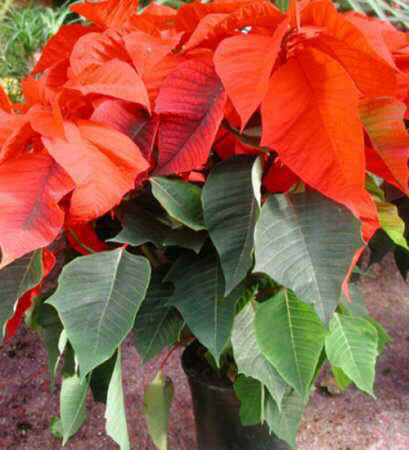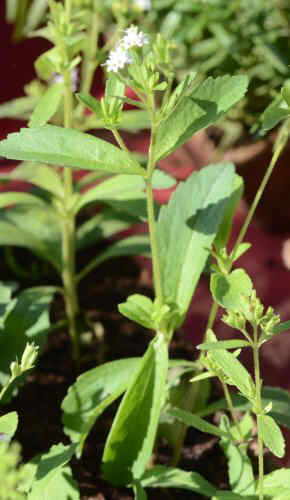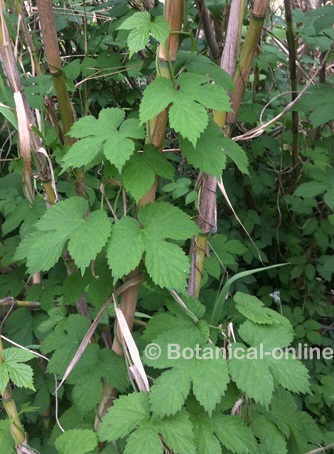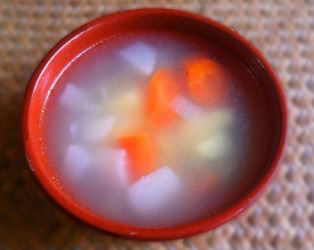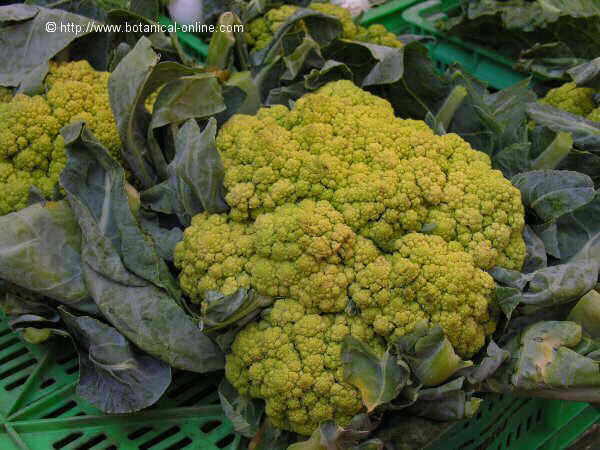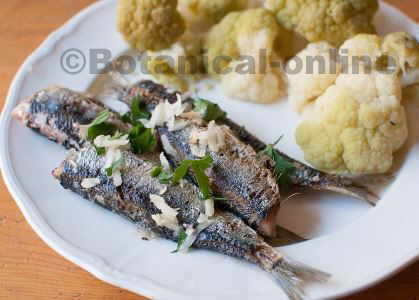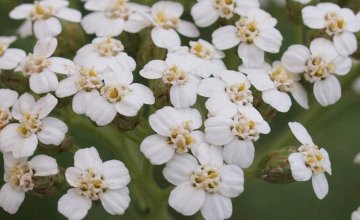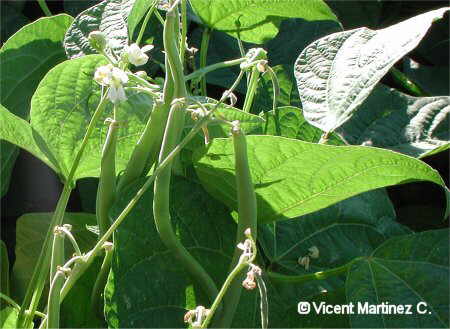Contents
What are redcurrants (Ribes rubrum) ?
Redcurrand (Ribes rubrum = Ribes sativum) is a plant of the Grossulariaceae family to which other plants with similar fruits belong, such as blackcurrants (Ribes nigrum)
Characteristics of redcurrants
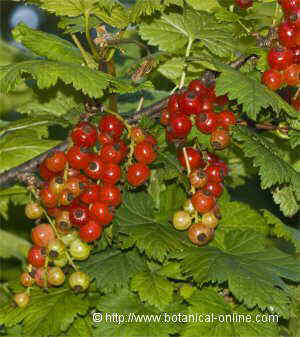
Red currants are deciduous shrubs between 1.5 and 1.8 m in height by about half a meter wide. Thornless stems and palmately-lobed leaves with a distinctive odor when being rubbed and with dense white hairs on the underside.
Redcurrant leaves are simple and have up to 5 lobes provided with teeth on the margin. Flowers appear in spring in inflorescence composed of numerous hanging clusters of inconspicuous whitish green flowers.
The redcurrant fruit is the fruit of redcurrant. These fruits are edible. They are red berries, called redcurrants, which are ripen in summer. With a very distinctive sour taste and a bright red or amber – translucent pale yellow color. The latter are known popularly as white currants
It is a plant from northern Europe and parts of Asia, from Norway to northwestern China and throughout central Europe. It has adapted to the high areas of southern Europe, such as the Pyrenees, and in North America (Canada and U.S.)
Uses of common currant
The currants are grown primarily because of their fruits. They are grown in private gardens or on commercial farms in the colder areas of Europe or America. Given the acidity of currants, these are usually used in making jellies, jams or yogurt with fruit. They are also used to flavor wines.
Common varieties of redcurrants
There are basically three varieties of redcurrants:
– Early varieties: Those that are collected in late June or early July. Among these varieties, we have “Junnifer” with very thick bright-red fruits arranged in short racemes. Its flavor is very sweet and aromatic. Widely used in jams.
Another well-known variety is called “Jonkheer van Tests”, a vigorous-looking and open currant. It produces a very juicy, less aromatic fruit on clusters. It stands cooler temperatures, therefore is often planted in colder inland places.
– Medium varieties: Those that produce fruits during July. The variety “Blanka” also matures in the first half. It is one of the most recognized white varieties for its high productivity and one that has more flavor and juice.
Variety “Ben Conan” produces juicy and flavorful fruits that resist disease very well. The variety “White Grape” provides flavorful fruits and a very large size.
The variety “Red Lake”, is a variety that matures this month producing half dark red fruits, rather small, very sweet and aromatic. It is a very vigorous shrub, densely branched.
If we look for red currants during the second half of July, we can choose the variety “Delbard Giganta”, so called because it provides the fatter currants in the market.
– Late varieties: Those that bear fruit in late July or August. Among these, we have the “Premiere groiselle-raisin” that usually appears in early August or late July or the “Groiselle-raisin industry” fruited in the second half of August.
Other species of currants
Besides the common redcurrant (Ribes rubrum), we have another species of currants. The most important ones are:
– Black currant (Ribes nigrum) It is also a kind of currant with Euro-Asian origin. It differs from the common species because it delivers black color fruits and the plant looks less tall and wider. The fruits are edible and have properties similar to red currant (More information in “black currant” the listing below)
– Buffalo currant, clove currant or golden currant (Ribes odoratum) It is a shrub that reaches 2.5 meters high. It grows in the plains of the central United States. The leaves are lobed. _They acquire a golden yellow color in autumn, so it is used as a decorative shrub. It also produces black colored fruits gathered in large hanging clusters. Besides being very decorative bruffalo currant is also grown for its leaves that taste like clove, hence it is also known as “Clove Currant”
– Golden currant (Ribes aureum): It can be found from Canada to the Northern Mexico. It is a 2–3 metres bush, producing very smelling vanilla-like yellow flowers. They are edible as well as its fruits
– Flowering currant (Ribes sanguineum): deciduous shrub up to 3.5 m in height from North America. Thornless stems. Lobed leaves with the underside densely pubescent. Flowers pink or reddish born in spring producing blue-black fruit in hanging or erect clusters. The variety Ribes sanguineum var. glutinosum offers more hanging inflorescences and less pubescent leaves. The main cultivars are “Broklebankii” with pink flowers and golden leaves or “White Icicle” with pure white flowers. Flowering currants are mainly grown as garden plants.
– Fuchsia flowered currant (Ribes speciosum) thorny deciduous shrub up to 1.8 meters high. It can be found in California, offering a very broad look. Bright green oval leaves with three or five lobes. It produces hanging flowers in winter that turn into small globose reddish fruits.
– Gooseberry (Rives uva-crispa) is a thorny bush up to 1 meter high. Unlike previous species, it comes from the center of Europe, producing pink flowers that give way to highly acidic green fruits used for making jams and jellies. This species has been hybridized in North America with the North American gooseberry species North American Gooseberry (Ribes hirtellum) in order to produce varieties more resistant to mildew attack.
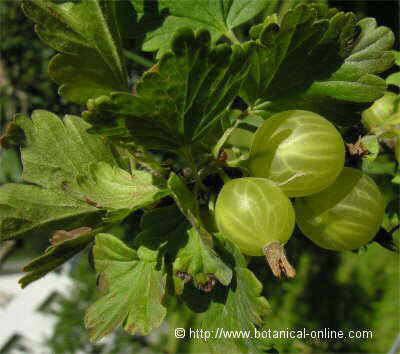
Gooseberry photo
Production of currants in the world
According to the FAO, in 2001, the largest producer of in the world was Russia with some 212,000 tones. Second, was Poland with 180,000 and Germany with 140,000. The Czech Republic produces about 25,000. The United Kingdom, Norway and Ukraine produce about 18,000 tons.
With a lower production we have Austria (15,000), Hungary (12. 000) and France (10,000). Other producing countries, although with a much smaller production are: Belgium, Netherlands, New Zealand, Ireland, Slovakia, Italy, etc.. Total production during that year was about 658,000 tons.
![]() More information about red currants.
More information about red currants.

